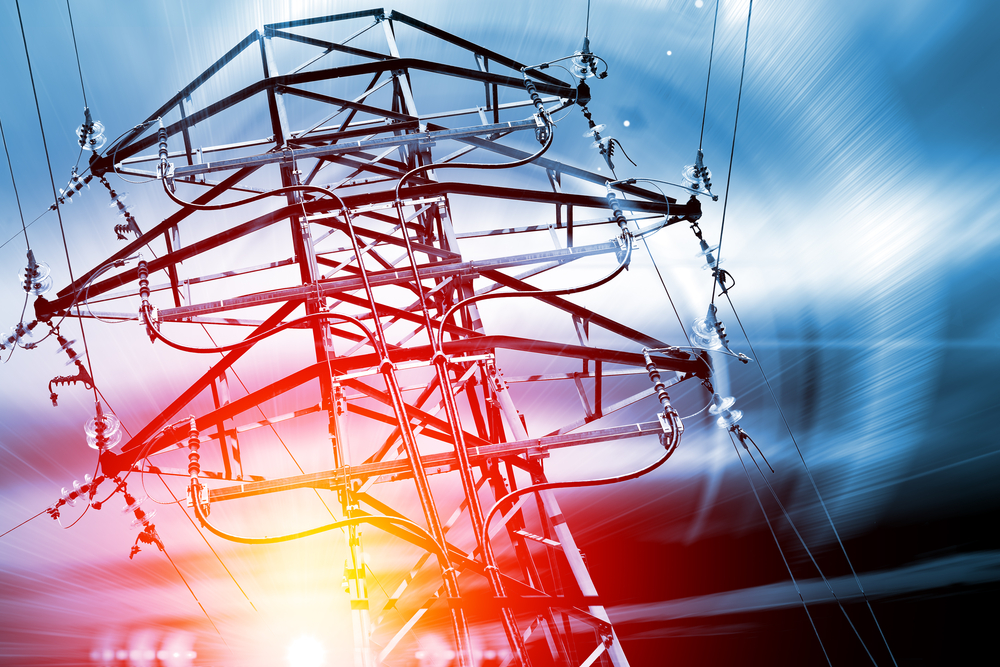Early look at pandemic impact shows sagging power demand

Electricity demand softened this spring as the nation shifted to a near shutdown in response to the arrival of the COVID-19 pandemic, according to an early analysis of the virus’s still-developing impact on the energy industry.
With offices, schools and restaurants shuttered and millions of workers suddenly confined to quarters or out of a job altogether, power load reductions of between 3%-11% were seen at the end of March by the major independent service operators (ISOs), the Brattle Group said in the analysis released April 14. The declines were in comparison to a four-year average for the final week of March 2020. Brattle said about half of the decrease could be attributed to COVID-19 while an extended stretch of warm weather in the east also contributed to the downturn.
The 45-page analysis predicts a long and uncertain summer colored by the continuing uncertainty over the timeline of the pandemic at the same time that overall energy and capital markets are also in a state of flux. “Some significant utility impacts from the pandemic’s effects can already be anticipated,” said Frank Graves, principle at Brattle and a co-author of the report.
As the COVID-19 sucker punch unceremoniously derailed the U.S. economy, it also scrambled the careful planning for 2020 that utilities had carried out in terms of supplying power to its customers and also their longer-range projects and financing plans. “The utilities’ cost of capital likely has increased due to increased volatility and cost-recovery risks,” Graves said. “Further, some merchant generators, which are directly exposed to market prices and lower demand, are likely to face financial challenges.”
The early analysis by Brattle found a slump in demand across the nation. The Northeast led the slump with an 11 percent decline in gigawatt loads in the New England ISO (NEISO) service area and there was a 10 percent slide in the New York ISO (NYISO); lesser declines were chalked up in the other ISOs. The Energy Reliability Council of Texas (ERCOT) recorded a 13 percent increase in load, which Brattle noted was in an area that had not adopted the self-isolation and business restrictions seen around much of the rest of the United States.
Reductions in spot electricity prices were even starker. Compared to February, March prices declined by 7 percent for NYISO and up to 25 percent for NEISO. At the ISO hubs, the average peak forward prices for the rest of 2020 were down between $2.40 and $4.50 per megawatt-hour.
Natural gas prices remained relatively stable on the futures markets even as crude plummeted and threatened to ratchet down production, but the relatively balmy weather in March kept a lid on demand and added some new uncertainty to the already complex task of hedging.
Brattle concluded that the impact of the economic downturn on utility revenues could be lessened by the fixed prices paid by commercial customers, however, residential customers who are now at home all day and who make up 39 percent of customer demand nationwide and account for some 50 percent of their revenues now face their own levels of economic uncertainty while also being protected by moratoriums on disconnections.
The fog of precariousness has yet to lift on the financial markets where utilities float their stock shares, bonds and other investments. The bottom line, however, is that utilities may see their overall revenues slump on lower demand until COVID-19 finally fades away – a vaccine is expected in about a year to 18 months – and the economy comes fully back to life.
“We expect the impact of COVID-19 to become more discernable in the coming weeks as information emerges about how long the business closures are likely to last,” Graves said.
